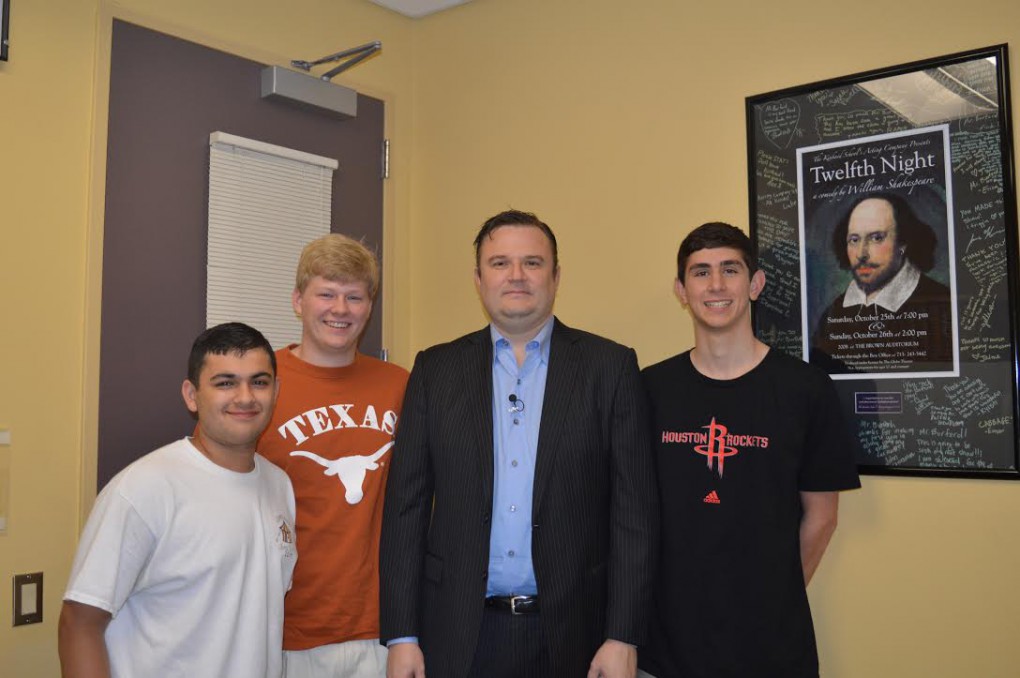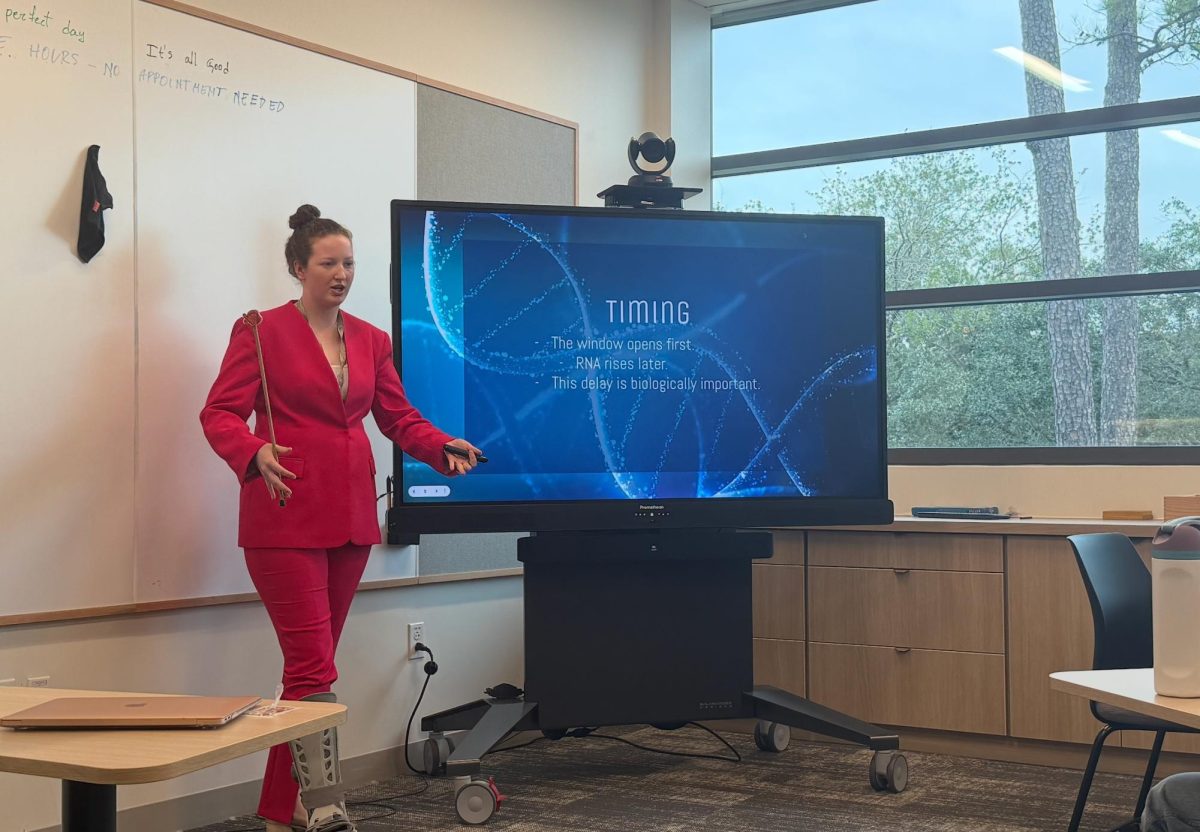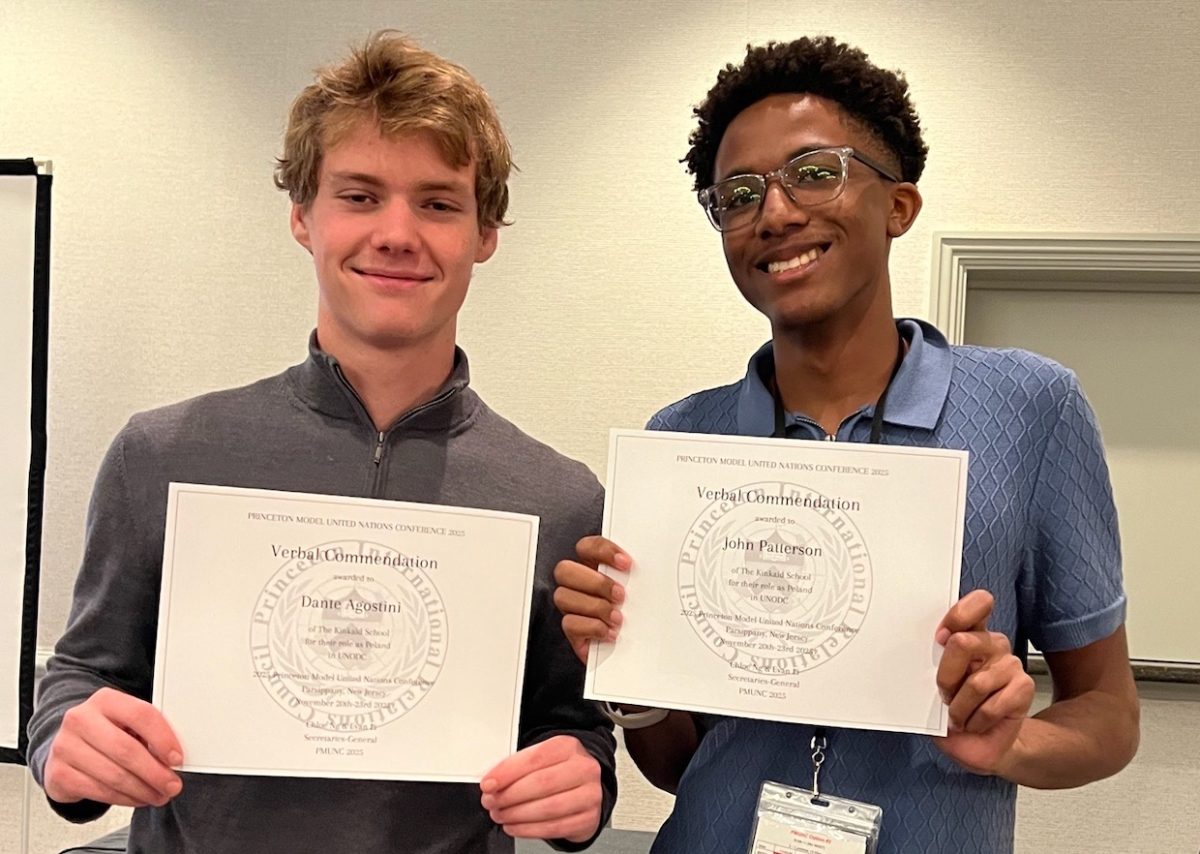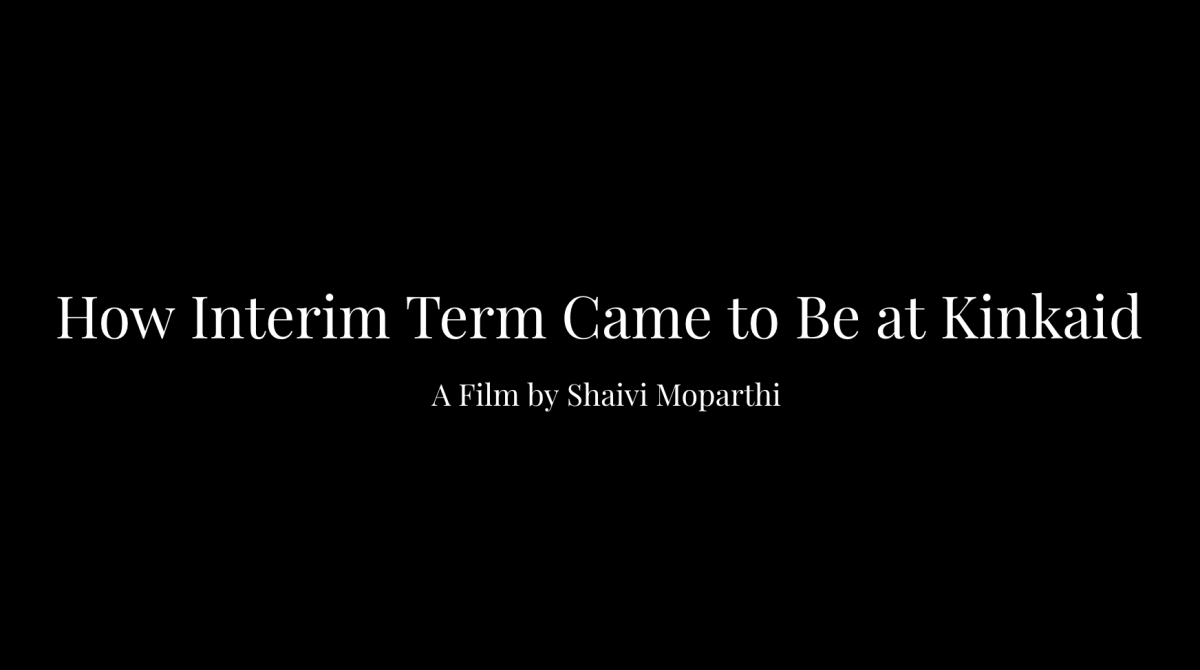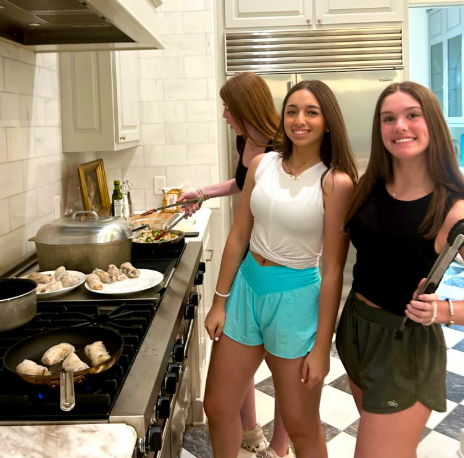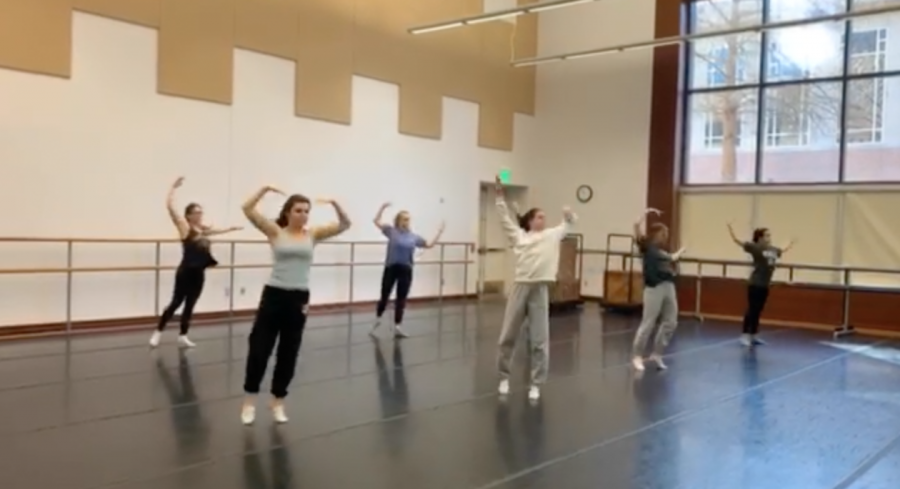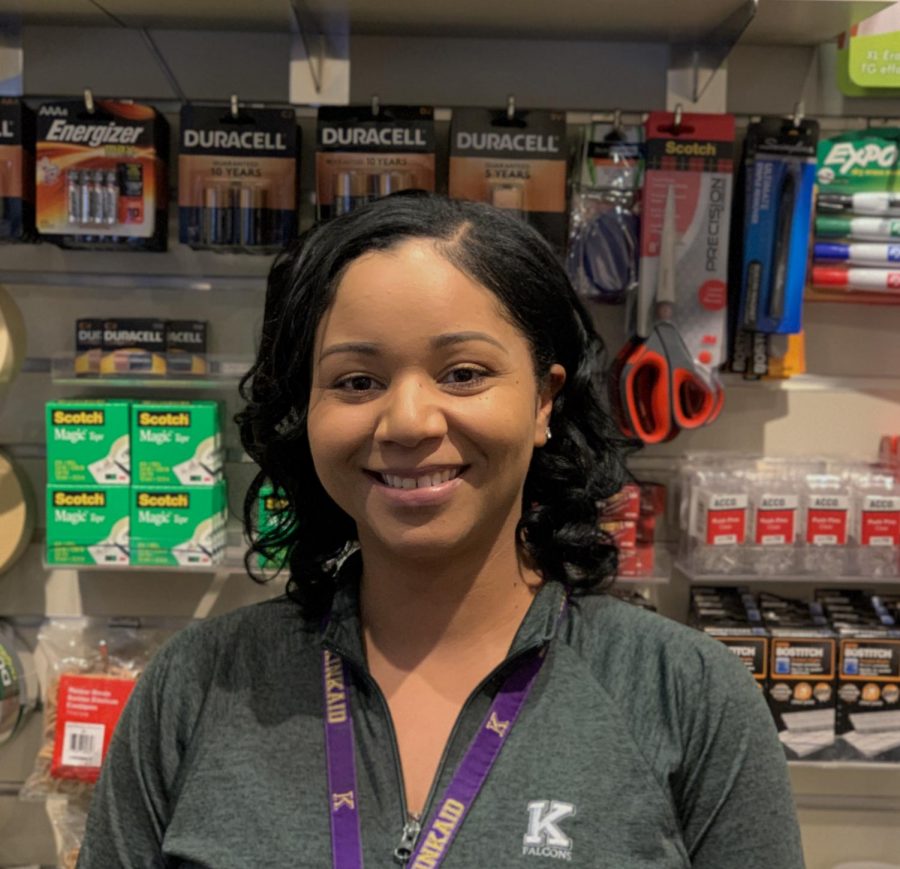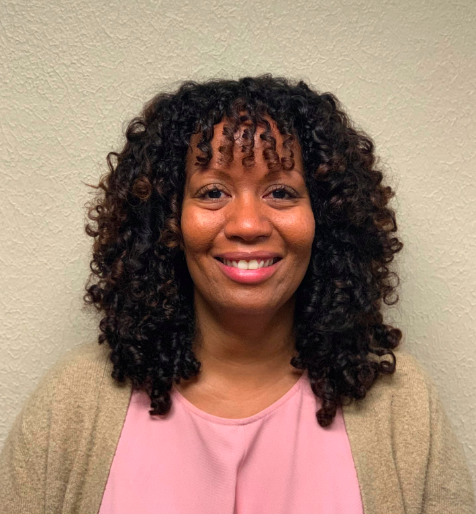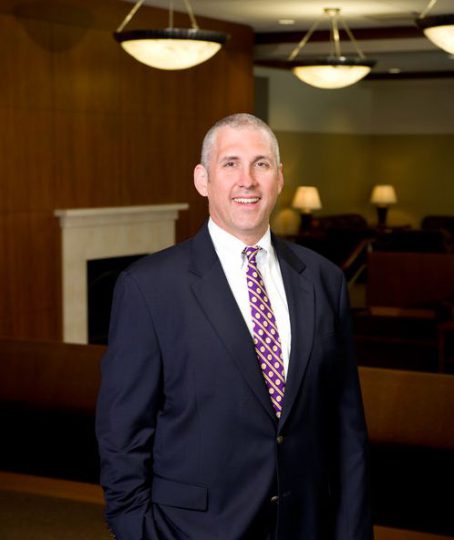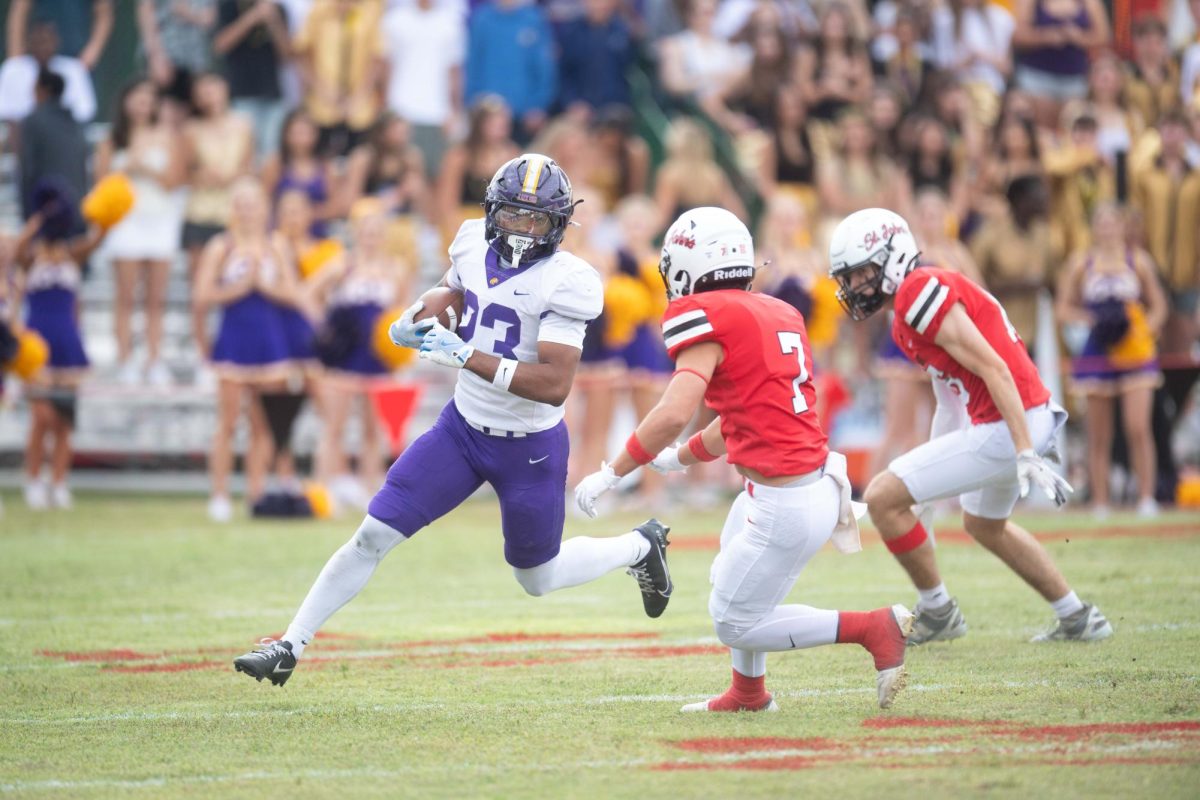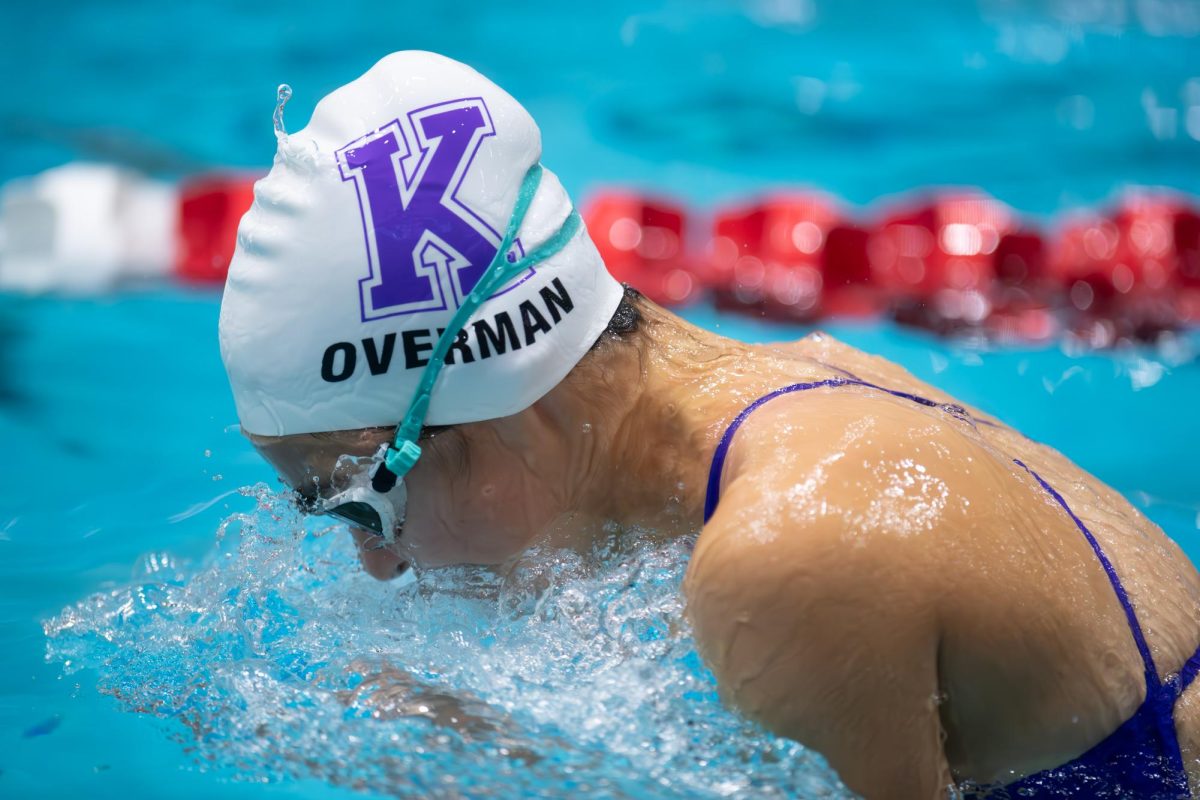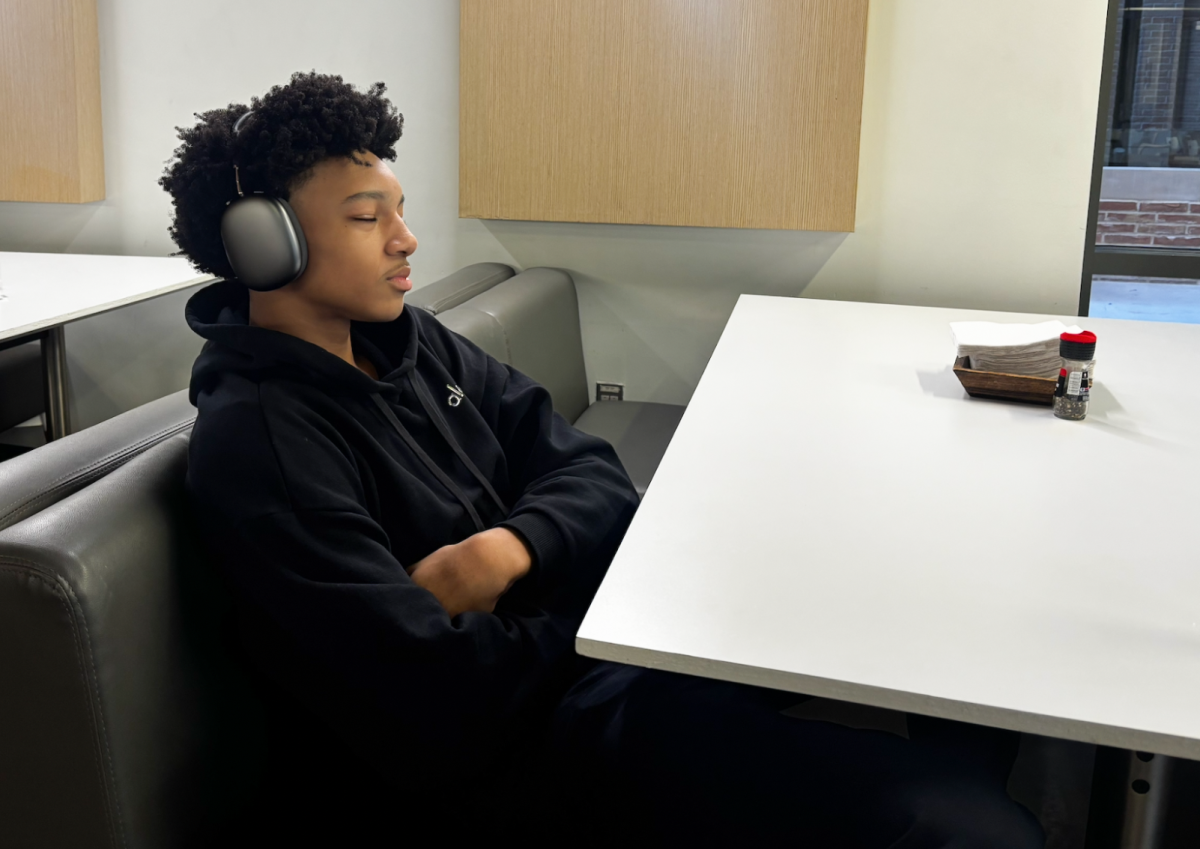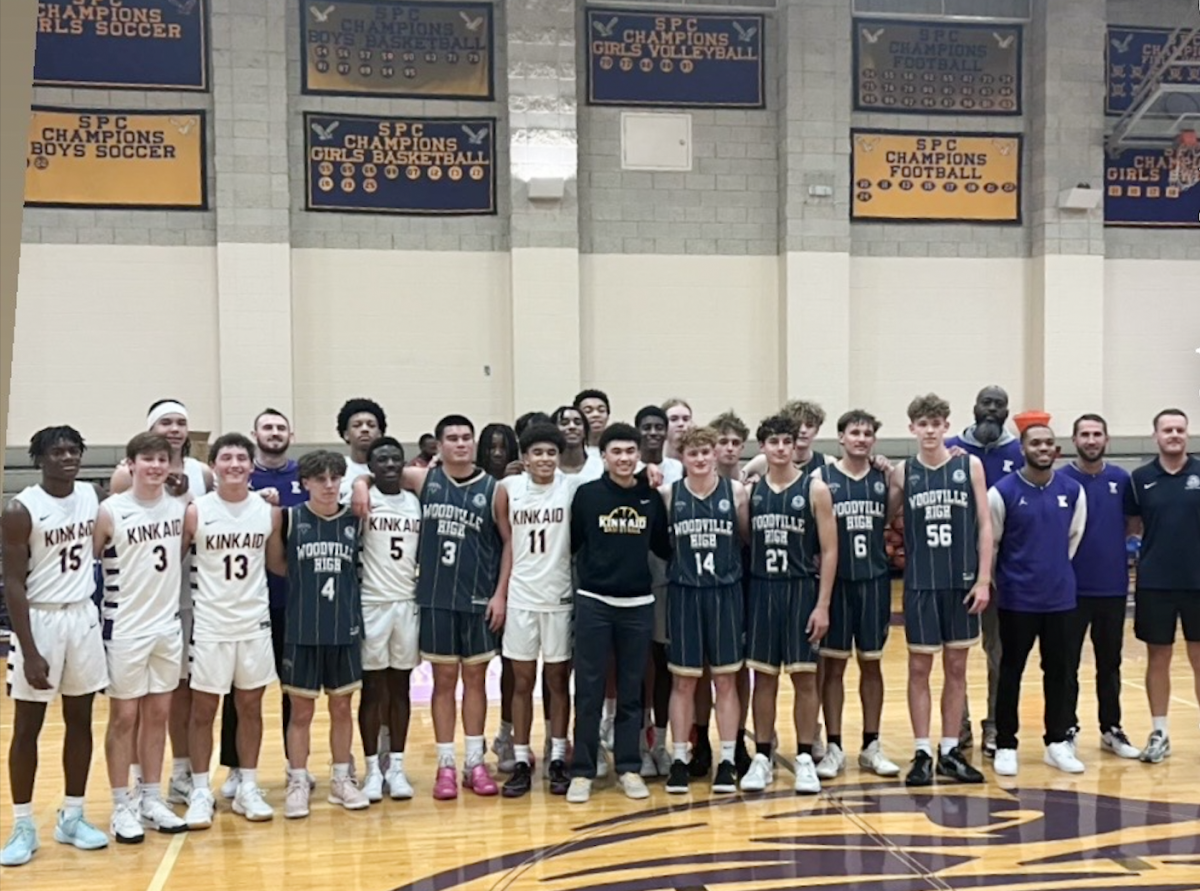[dropcap]Early[/dropcap] Thursday, April 16th, while most people were just waking up, the Falcon’s sports editors sat down to talk with Rockets general manager, Daryl Morey. The Rockets had just locked up the division title and we wanted to talk with him about what statistics and information went into assembling the roster that will hopefully bring home a Championship banner.
Kirk Hachigian: You have become the face of statistics in the NBA today with your work at the MIT Sloan Sports Analytics Conference, but how did you get your start in the sports world?
Daryl Morey: I’ll go with the shortest, least boring version: When I was younger I used to read abstracts by Bill James, the godfather of statistics in baseball, and at the end of one it said they were starting a company called Stats. I ended up working there for five years before I took a job helping the people who bought the Celtics and working with them. Basically you have to take advantage of opportunities whenever they arise.
Marshall Oelman: How did the Rockets stay competitive while rebuilding the team, and did you ever consider tanking an option?
DM: We absolutely looked at strategies to get high pick in the draft, once Yao [Ming] and Tracy [McGrady] went down [with injuries]. There were many options on how to restart the team and going for that high draft pick is the most reliable and least risky. No team has actually done what we hope to do, rebuild without a high pick, so we’ll see how it goes.
KH: What changes would you like to see implemented to improve the quality of play?
DM: Commissioner Silver is doing a good job, I know that pace of play is very important to him as well as us. I would not be surprised if that rule [regarding away from play fouls] was changed this offseason. [Also] I don’t fault teams working to get a high pick, but I think it is a problem for the NBA that the most poorly run teams get the greatest advantages. That would be like rewarding a student with Fs as your valedictorian.
MO: What are the relationships like between NBA GMs? And do rivalries ever impact a trade?
DM: Well, we go on backpacking trips together! (laughter) We are all pretty friendly because there are only thirty of us and we don’t want to close any doors.
KH: What statistical analysis went into the acquisitions of James Harden and Dwight Howard, and do you think you noticed something in him that the Thunder missed?
DM: With Harden, nobody could have realized that he would do this well. If that had been the case there would have been more bidders. I think we just did a better job than most teams by helping him to improve and become the MVP candidate he is today. Nobody can really put a MVP pick on anybody early on, except for maybe LeBron [James] or Dwight [Howard]. James [Harden] was barely recruited and has had to work for everything that he has. I really don’t think the Thunder missed out because they had two dominant scorers and wanted to improve other [aspects] of their team. They used their third scorer to try to set up the rest of their team and help out their defense.
KH: At the time it seemed that you had given up a lot of pieces and draft picks really just to get Harden. I know fans were concerned, but now it has obviously paid off. How did you decide that Harden would be the player to build around?
DM: Well, no team has actually ever won a championship without at least one or two star players. We have a great team of people and decided that we needed Harden if we were to win. We geared everything to get Harden and 17 trades actually went into the proposal that was accepted by the Thunder. The thing that put them over the top was the first-round pick from Toronto that we traded Kyle Lowry for. I hope that answers your question!
Faraz Virani: Your former colleague Sam Hinkie seems to be on the rise with the 76ers. What are your thoughts on their future?
DM: They are going to be a very good team soon, and fortunately we will only face them in the Finals. (nervous laughter all around)
(Allison Favaloro enters to ask if she can take a photo)
DM: Sure! Can you Photoshop me thinner, please? (laughter erupts)
KH: How often do you receive trade proposals, and what are you usually looking for in a trade?
DM: Trades will usually evolve over a large amount of time…we probably receive fewer offers than people would think. Two months before the deadline we will have brief conversations, and then the talks will really pick up closer to the deadline. There are really three deadline; the actual deadline, the draft, and one around December that has sort of emerged these past few years. Most conversations are over the phone or in person. Most established teams are way less active, but rebuilding teams are run by younger folk so they will usually be more active. There are roughly 440 players in the league, and we usually look for undervalued players, or players with a positive EV (expected value).
FV: How much is impulsive at the trade deadline?
DM: I would say that none of the trade process is impulsive for us or any team. Most of that is due to negotiating theory, where one team will have more leverage or urgency than another. It is not an impulsive thing because people’s lives and millions of dollars are on the line. Decisions do not just go bang, but I can kind of see why you would think that.
MO: What would you say is the best statistic to judge players by? Does it vary position by position?
DM: No, if someone wanted to describe you using one number, maybe GPA, would that let me know everything about you?
MO: No, probably not.
DM: Right, no one number really does that much for you.
MO: What do you think is the most overrated statistic in the NBA?
DM: Points per game has pretty much zero value, otherwise I think that most are moderately useful.
KH: How much value do you put on statistics from college basketball in your decision to draft players, and what else do you look for?
DM: About 30-50 percent of the evaluation is from college statistics, but college basketball is pretty different and makes it hard to forecast draft picks. We usually look for high [risk/reward] players in the draft and the probabilities that they turn into something. In the NBA, it is more about creating chances to have an opportunity and then pouncing on it.
FV: What do you do to shrink the draft pool of prospects?
DM: Well, we don’t actually shrink our draft pool like a lot of other teams do because that creates Type II Error, if you have studied any statistics.
Kirk & Marshall: Yes! We studied that in our class this year with Ms. Clancy.
DM: That’s great—a lot of teams worry about Type I Error where you pick a player that fails but focus less on Type II Error, where you miss out on a great player because they have put the players into buckets.
MO: Why do you think that some people around the NBA are so unwilling to accept statistical analysis when it seems to be the way of the future? Charles Barkley?
DM: I think that some people are adapting at slower speeds, but nobody is really fighting it. It would be like riding in a horse drawn carriage and seeing fancy cars go by and you’re like—argh, car. Charles Barkley is an entertainer, he is not actually running anything.
FV: Have y’all talked since the Twitter incident?
DM: Ha, no. I appreciate the interview, guys.
Related: “A Game of Numbers”


